A series of catastrophic fires, the last one taking place in 1909, saw the village razed and then rebuilt; the site is no dusty museum however – it’s a living community. UNESCO describes Hollókő as bearing witness to now abolished, traditional forms of rural life, and it is certainly an important snapshot of the past that, elsewhere in Europe, has been seemingly forgotten.
Discover the old village of Hollókő in Hungary
Kathy Carter
The term ‘stepping back in time’ is frequently bandied about, but in the case of Hollókő, is entirely apt. This very special village is a living example of our ancestors’ somewhat simpler lives in central Europe – a preserved settlement showcasing rural life before the agricultural revolution of the 20th century.
Preserving Palócz architecture and culture
The previous settlements at Hollókő burnt down several times, because the building roofs were thatched, and the houses constructed of wood. Fifty five UNESCO-protected buildings remain - these peasant houses have stepped gable roofs, and wooden verandas and porches decorated with open-worked carvings. Consisting of three rooms, the kitchen, pantry and a clean room, the quirky houses are famous for their roofed verandas – these old buildings mostly house handicraft workshops and exhibition houses now, and come alive in the tourist season.
Directly outside of the old village, you will find the modern ‘New Village’, where most of the town’s population lives; but in Old Hollókő, the culture and traditions, including richly decorated folk costumes and handicrafts from a bygone age, remain rich and vivid. Here, UNESCO has safeguarded a lively community that’s capable of renewing itself down the generations, that will continue to preserve vital cultural heritage.
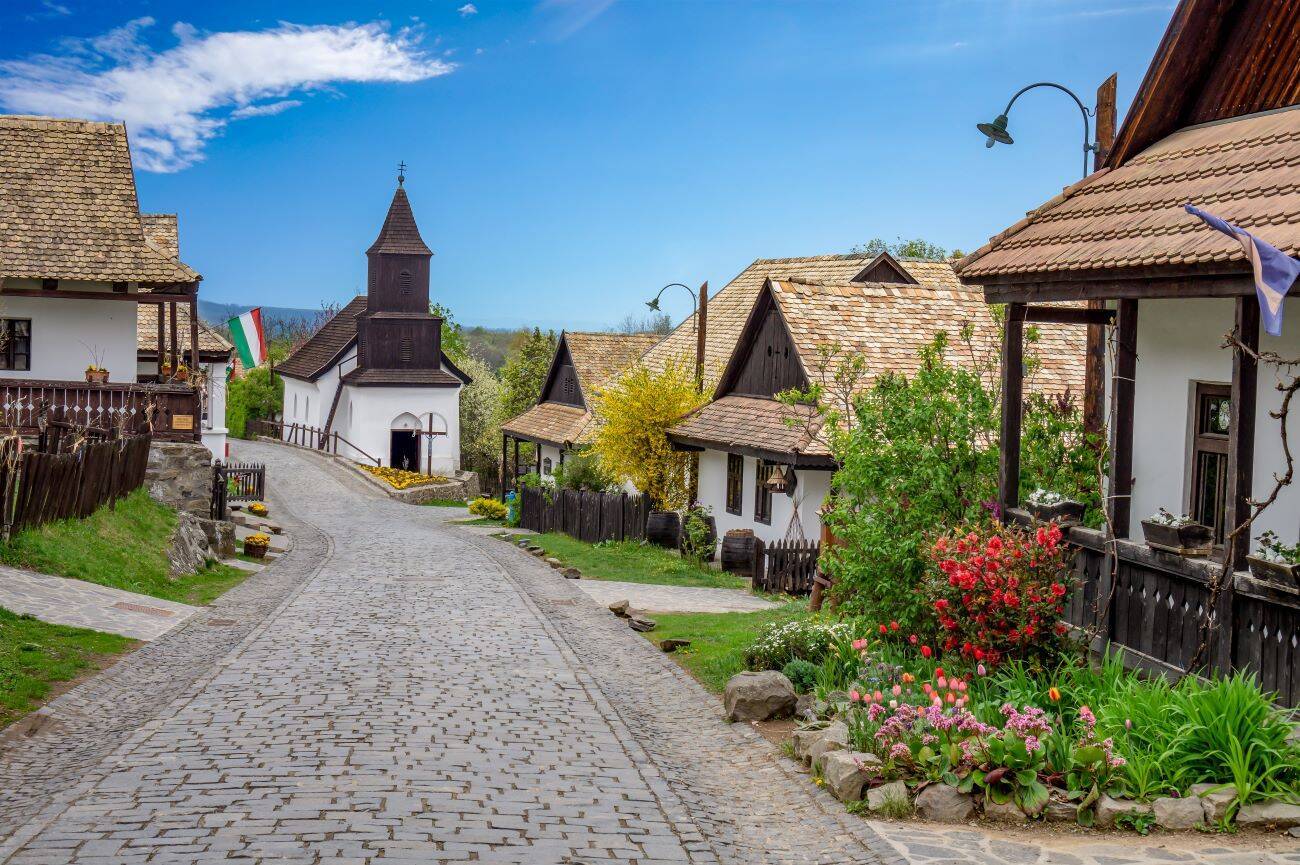
The living community with a traumatic past
The guidebooks describe Hollókő as a ‘deliberately preserved traditional settlement’. Walking the ancient, single-street part of the old village is like time travelling – to an era before the agricultural revolution, when multi-generations lived together and family farming was a way of life. The devastating fire at the beginning of the 20th century still looms large in Hollókő folklore. It may be some kind of fantasy projection, but the peasant houses here do deem to carry their own enchanting energy; at dawn especially, the village has a silent, sensitive atmosphere.
The view from the ruins of the 13th century Hollókő Castle is stunning, overlooking the local orchards and vineyards, and the rolling valleys of Bükk National Park. Legend has it that the lord of a castle abducted a pretty maiden, whose nurse schemed with a devil to rescue the girl. Disguised as ravens, the rescuers took the castle stones away one by one, freeing her and building what is now Hollókő castle on a large rock atop a hill. Hollókő means ‘raven stone’, and a beautiful raven sculpture welcomes you at the village’s entrance.
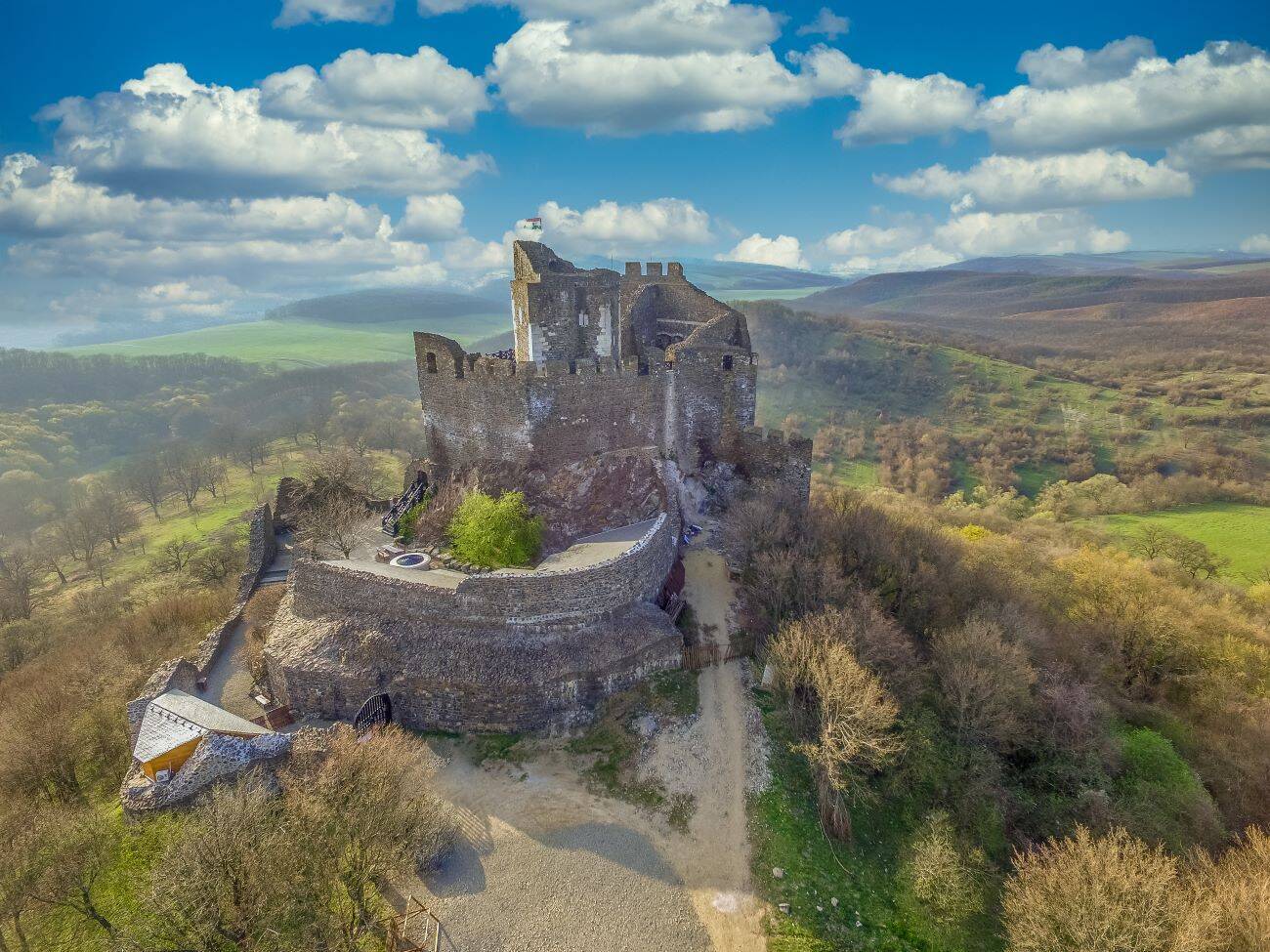
What to see on your visit
The Hollókő Easter Festival, which takes place on the first weekend in April, is one of the most popular times to visit – celebrating an old Hungarian tradition, Locsolkodás, the bachelors of the village ‘sprinkle’ the (usually screaming) girls, decked out in their colourful, petticoated dresses, with water. Folk bands play, traditional Hungarian dancers tap dance (with their hands as well as their feet), and all manner of Easter-themed activities are held, from egg painting to honing whip skills.
If you want to see tourist attractions such as the village museum, old schoolhouse, the aforementioned castle, and the diminutive 19th century church of St Martin’s, other times of year are considerably quieter than Easter. With a small, artisan cheese shop, the Guzsalyas weaving house, and a charming doll museum, these attractions are best enjoyed at leisure. Buy a Village Walk Ticket for 3k Hungarian Forints ($10) at holloko.hu .
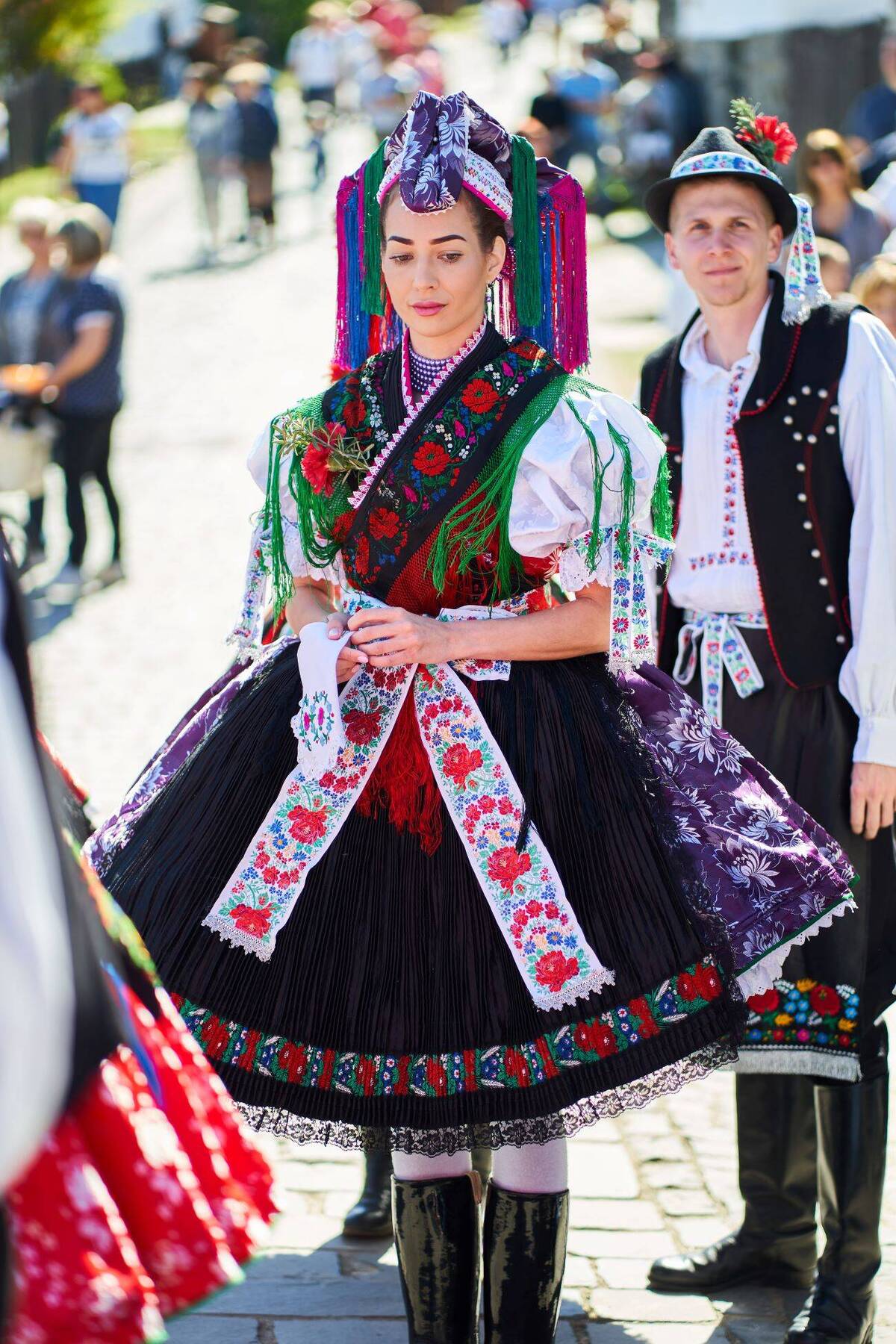
Gastronomic delights in Hollókő
In the tourist season, you will find street stalls selling delicious Langallo flat breads; there are also plenty of establishments selling Retes, Hungarian strudels stuffed with cottage cheese, as well as Csoroge, deep-fried dough parcels, and Batyu, sweet ricotta pastries. If carb-overload wasn’t on your bucket-list, you can sample Parenyica smoked cheese, with its salty tang, or indulge in the rich Gulyás (or Goulash) soup. Flavoured with paprika, this meaty, one-pot wonder is particularly warming in the colder months.
If you like a tipple, try the Hollókői winery’s Tokaji Aszú 6 Puttonyos, a sweet, honeyed desert wine, or the famous Tokaji Furmint, a white wine reminiscent of apple pie. Perhaps only the bravest and most intrepid travellers to the region should try Zwak Unicum liqueur – a potent, coffee-coloured blend of bitters packed full of herbs and spices that may leave you questioning whether those ravens should come and rescue you the next morning.
Stay at the Ritz-Carlton in Budapest for a spot of luxury, then take a hire car or taxi to Hollókő (duration around 90 minutes) – the drive takes you through the beautiful Cserhát mountain range.
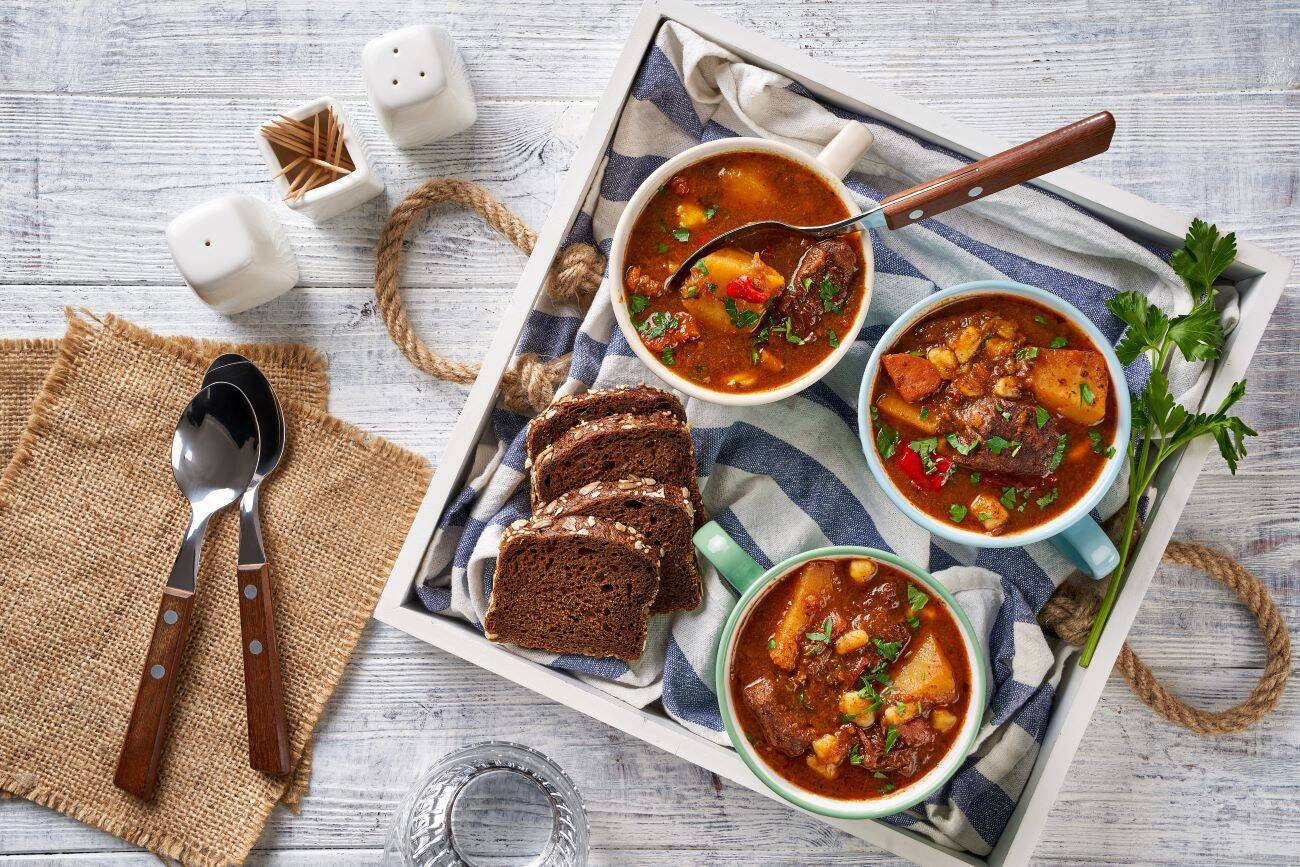
Become a member to join the conversation!
Become part of the world's leading travel & lifestyle community!
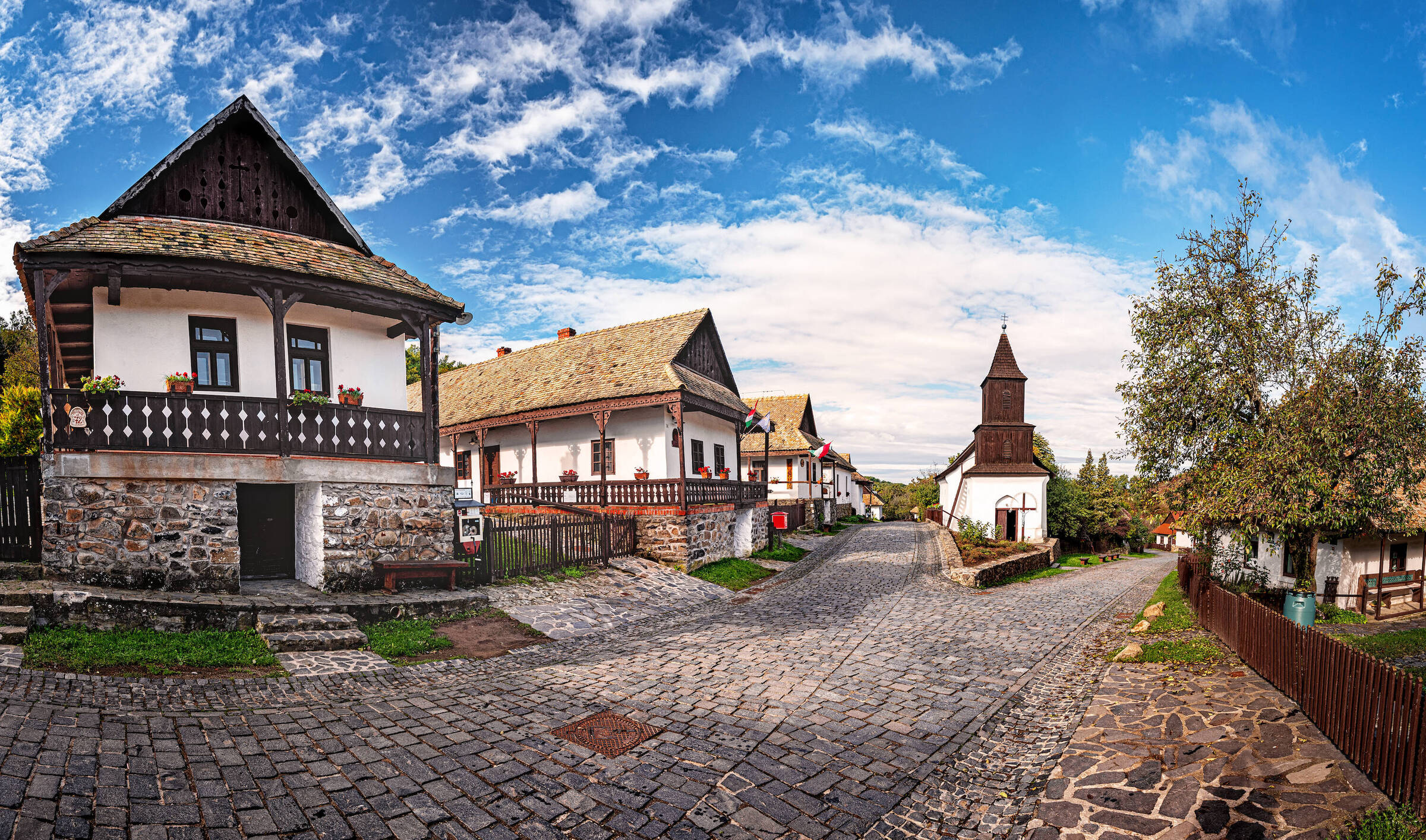


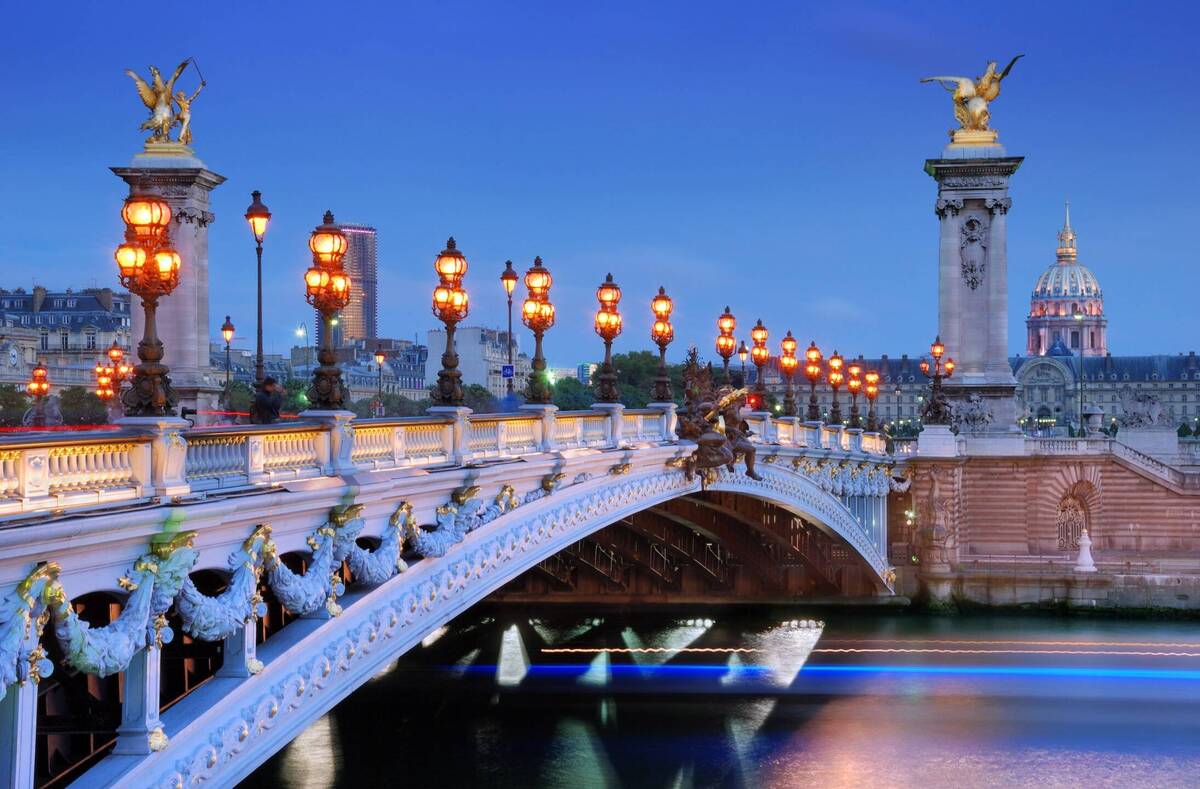













Comments